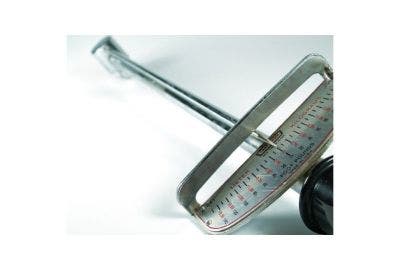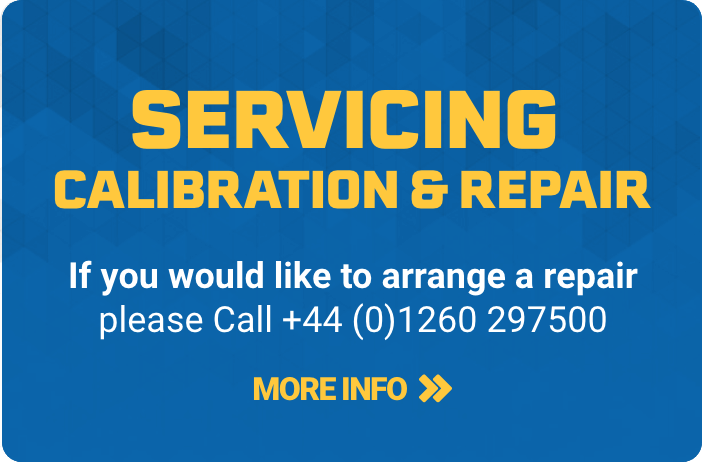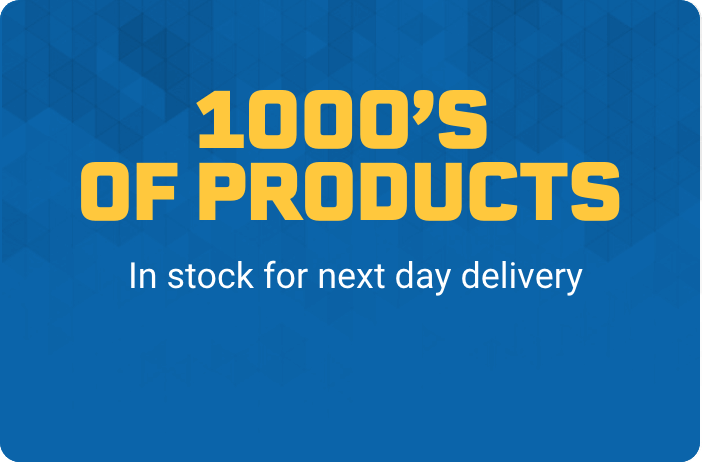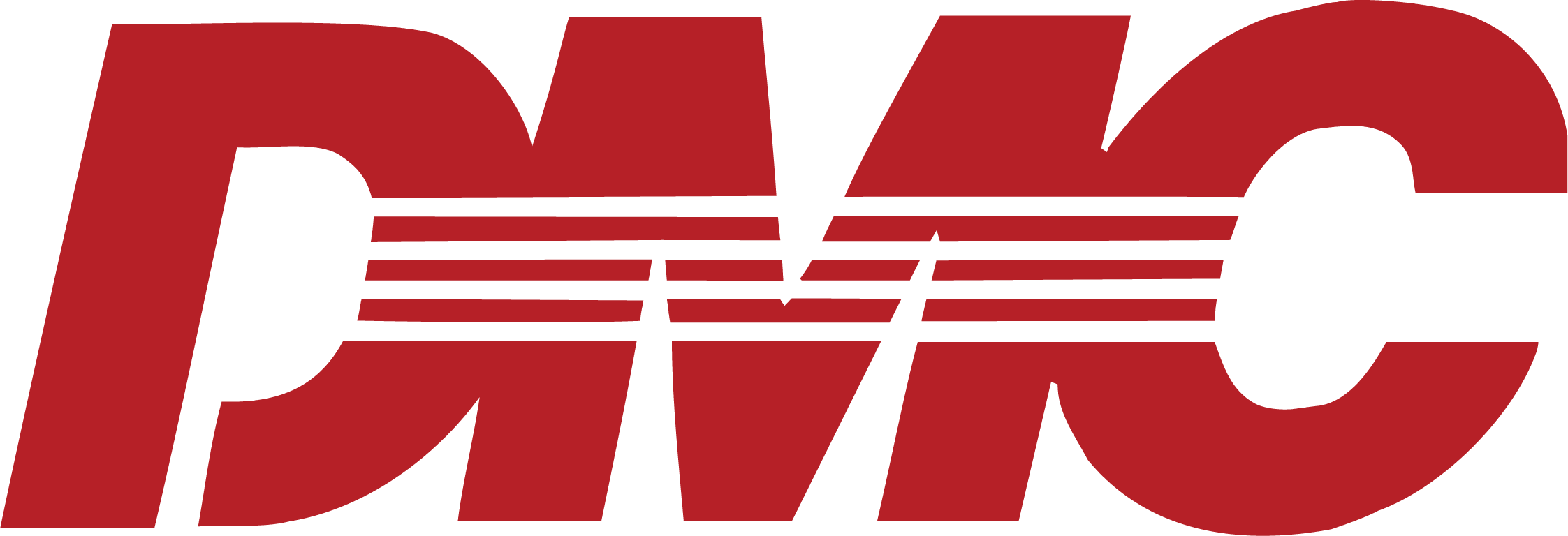Tool calibration is an essential practice in engineering and mechanics, ensuring that devices operate within their specified accuracies and thus guaranteeing the reliability of measurements and operations.
This process is predominantly undertaken by professionals who utilise an array of tool calibration equipment to verify and adjust the performance of their apparatus.
Whether it's for maintaining the precision of manufacturing processes, ensuring the safety of operations, or adhering to regulatory standards, understanding how to perform tool calibration is critical.
Through this guide, readers will gain insight into the practical aspects of calibrating common specialist tools, embracing the significance of precision in their field.
What is tool calibration?
Tool calibration in mechanics and engineering is vital, ensuring that tools and instruments achieve the necessary standards of accuracy and precision (e.g. torque analysers) for manufacturing, safety, and quality control.
This process, essential for aligning tool outputs with recognised standards, adheres to rigorous guidelines like ISO 9001, promoting consistency across industries.
The provision of calibration certificates further documents a tool's compliance, offering concrete evidence of its reliability and adherence to stringent regulatory requirements.
Such detailed calibration is crucial for maintaining the integrity of professional tasks, underscoring its importance in achieving operational excellence and regulatory compliance.
It not only demonstrates a commitment to precision and efficiency in every aspect of work but also ensures that practices meet and surpass oversight standards.
This relentless focus on calibration excellence is fundamental in securing the ongoing reliability and success of engineering and mechanical operations, cementing it as a cornerstone of industry best practices.
Why is it important to calibrate tools?
In the fields of engineering and mechanics, the paramount importance of ensuring operational safety and reliability cannot be overstated, with precise tool calibration being fundamental to this endeavour.
This process involves aligning the performance of tools and instruments with established regulatory and industry benchmarks, a step that is critical in averting measurement errors and inaccuracies that could compromise the integrity of professional work.
Adherence to these stringent standards through calibration not only fulfils strict compliance demands but also plays a crucial role in significantly reducing the potential for costly errors (e.g. tightening aircraft bolts) that could impact project outcomes and safety.
Furthermore, doing this regularly serves to prolong the functional lifespan of calibration tools and equipment, thereby enhancing their performance and reliability over extended periods.
This dedication to consistent calibration practice is reflective of a deep-seated commitment to excellence and safety within professional circles.
It underscores the invaluable role of calibration in protecting the quality of work and operational efficiency, marking it as an essential procedure in the maintenance of high standards and the prevention of avoidable setbacks in engineering and mechanical tasks.
Which tools need calibrating?
Torque Wrenches
Precision in applying torque tools is critical in mechanical assemblies to ensure components are secured according to exact specifications.
Improper torque application can lead to significant risks like equipment failures and safety hazards. Industries such as automotive, aerospace, and manufacturing rely heavily on precise torque wrench calibration to maintain high safety and quality standards.
Regular calibrating of a torque wrench is essential to prevent inaccuracies, together with enhancing the safety, reliability, and lifespan of mechanical systems.
This practice is a testament to the industry’s commitment to precision, helping to prevent mechanical failures and maintain operational excellence.
To support these crucial activities, purchase a torque wrench from us here at Heamar for the best in precision tools.
Insulation Testers
Accurate insulation resistance measurements form the cornerstone of electrical safety across a wide array of installations, from residential to industrial settings.
These critical assessments are instrumental in identifying insulation breakdowns, a common precursor to severe electrical failures that could endanger both sophisticated equipment and human lives.
Consequently, the practice of insulation testing is not merely a precautionary measure; it is a mandatory procedure mandated by rigorous regulatory frameworks to ensure the integrity and safety of electrical systems.
This testing is pivotal for certifying that electrical installations can operate reliably, both under normal conditions and when faults arise.
To uphold such high standards of safety, the regular calibration of insulation testers becomes imperative.
Calibration ensures that these instruments measure insulation resistance with the highest degree of accuracy, thus reinforcing the protective measures in place within industries dependent on secure electrical systems.
By diligently maintaining the calibration of insulation testers, professionals can effectively mitigate the hazards associated with insulation deterioration, thereby bolstering the overarching safety protocols that protect both infrastructure and lives against the potential ravages of electrical malfunctions.
Gas Detectors
Ensuring the reliability of gas concentration measurements takes on paramount importance, particularly in hazardous environments and confined spaces where the precision of such readings is directly linked to the safety and well-being of individuals.
Accurate detection of gas levels is crucial, as inaccuracies or false alarms can have wide-ranging implications.
On one hand, they may trigger unwarranted evacuations, causing significant operational interruptions and financial implications.
On the other, they might fail to alert workers to dangerous gas exposures, posing severe risks to health and safety.
The calibration of gas detectors, therefore, is not a task to be taken lightly. Intervals for calibration are determined by both the specific type of gas detector in use and its frequency of operation, underscoring the necessity of a tailored approach to maintenance.
This regular calibration is indispensable for ensuring the long-term accuracy and reliability of these devices.
By adhering to a strict schedule of calibration, businesses can ensure that their gas detection equipment maintains peak performance, thereby providing a crucial safeguard against the potentially catastrophic outcomes of inaccurate gas measurement.
This practice not only protects individuals from the immediate dangers of toxic or explosive gas exposure but also supports the overall operational integrity of facilities operating in environments prone to such hazards.
Laser Levels
In the disciplines of construction, surveying, and various tasks requiring precise alignment and levelling, the absolute accuracy of measurements is not just preferred but essential for the success and structural integrity of projects.
Misalignment, even by the smallest margins, can introduce substantial errors, thereby undermining the overall quality and efficiency of the work undertaken.
Such inaccuracies not only compromise the project's integrity but can also escalate costs and lead to significant time delays.
Calibration emerges as a critical process in this context, especially for tools such as laser levels that are central to achieving pinpoint accuracy in measurements.
These devices, pivotal for ensuring straight and level lines over distances, require regular checks to confirm their precision remains within acceptable bounds.
Without such diligence, the reliability of measurements could wane over time, affecting project outcomes.
The process of calibrating laser levels typically involves a series of adjustments and checks against established standards to verify their accuracy.
This ensures that these tools consistently produce results that adhere to the rigorous demands of professional settings, fulfilling stringent project specifications.
By maintaining a regime of regular calibration, professionals can ensure that their equipment continues to function at peak efficiency, thereby safeguarding the quality of their work and upholding the highest standards of operational excellence.
This meticulous approach to tool maintenance not only enhances the reliability of measurements but also contributes significantly to the successful completion of projects, reinforcing the indispensable value of calibration in construction and surveying practices.
Torque Screwdrivers
Torque control is crucial in the assembly of electronics, small appliances, and precision instruments, where the right amount of force must be applied to screws and fasteners.
Over-tightening can damage delicate components or strip threads, while under-tightening may lead to loose connections, affecting the assembly's integrity and functionality.
Calibration of torque screwdrivers is essential to maintain accuracy, involving the adjustment of these tools to a standard or known value.
This procedure ensures that the applied torque matches the specifications required for delicate assemblies, mitigating risks associated with incorrect fastening and ensuring the reliability and durability of the final product.
Cable Testers
The accuracy of cable continuity and fault detection is paramount in ensuring the reliability of network installations, telecommunications, and electrical wiring systems.
The calibration of cable testers plays a critical role in this context, directly influencing the efficiency of troubleshooting processes.
By aligning these testers with common calibration standards, professionals can guarantee the precision of measurements, facilitating swift and accurate identification of issues.
Such rigorous calibration ensures that technicians are equipped to maintain and repair infrastructure with confidence, ultimately enhancing the performance and reliability of crucial communication networks and electrical systems.
Adhering to established calibration standards for cable testers underscores the commitment to quality and efficiency in technical operations.
Load Cells
Precise weight and force measurements are critical in applications such as manufacturing, material testing, and process control, where accuracy is essential for quality assurance and regulatory compliance.
Factors that can affect load cell accuracy include temperature variations, mechanical loading conditions, and electrical interference.
Calibration methods for load cells must therefore account for these environmental factors, ensuring that measurements remain reliable under different conditions.
Regular calibration, conducted using standard weights or comparison methods, ensures that load cells provide consistent and accurate readings, essential for maintaining the integrity of manufacturing processes, ensuring product quality, and facilitating accurate material testing in a variety of environments.
Data Loggers
Accurate data recording and monitoring are indispensable in environmental monitoring, process validation, and equipment performance analysis.
These activities rely on precise data to inform decision-making, ensure regulatory compliance, and optimise operational efficiency.
Inaccuracies in data can lead to flawed decisions, potentially resulting in operational inefficiencies, environmental damage, or safety risks.
Calibration of data loggers, tailored to their specific use and environment, is essential to maintain data integrity.
Procedures vary, encompassing checks against known standards and adjustments to correct any deviations.
This ensures that data collected from various sources is reliable, fostering informed decisions and upholding the integrity of critical monitoring and analysis processes.
Electrical Meters
Accurate electrical measurements are fundamental in power distribution, troubleshooting, and quality control processes, where precision is essential for ensuring system reliability and safety.
Incorrect voltage, current, or resistance readings can lead to significant risks, including equipment damage, operational inefficiencies, and safety hazards.
Calibration of electrical meters, therefore, is a critical requirement, varying across different types of meters to address specific measurement needs and environments.
Regular calibration against known standards ensures that these instruments maintain their accuracy over time, enabling professionals to rely on their readings for making informed decisions, safeguarding equipment, and upholding the highest standards of electrical safety and efficiency.
Feeler Gauges
Precise thickness measurements are crucial in manufacturing, machining, and engineering, ensuring components meet stringent specifications for fit, function, and performance.
The calibration of gauges, such as feeler gauges, directly impacts product quality and performance, preventing discrepancies that could compromise the integrity of the final product.
Calibration techniques for feeler gauges involve comparing measurements with certified standards to ensure accuracy.
Regular calibration ensures these tools maintain their precision, supporting quality control processes and ensuring that manufacturing outputs consistently meet design requirements.
This meticulous approach to calibration underlines the commitment to excellence and reliability in professional practices, affirming the critical role of precision in industrial applications.
How often should tools be calibrated?
The frequency of tool calibration is influenced by factors such as usage intensity, environmental conditions, and industry regulations.
Tools used frequently or in harsh environments may require more regular calibration.
Additionally, strict industry standards often dictate calibration intervals to ensure compliance and safety.
General recommendations for calibration intervals vary by tool type; precision instruments may need more frequent checks compared to more robust tools.
Periodic verification and adjustment of tools are essential to maintain accuracy, enhance reliability, and prevent errors.
This systematic approach to calibration ensures that tools consistently perform to their specifications, supporting quality assurance and operational excellence across engineering and mechanical practices.
How to calibrate tools?
Calibration procedures vary across different types of tools, yet all share the necessity of using calibrated reference standards to ensure accuracy.
A step-by-step guide to performing tool calibration typically involves identifying the tool's accuracy requirements, selecting appropriate reference standards, conducting the calibration, and documenting the results.
Considerations for in-house calibration versus outsourcing depend on factors such as the complexity of the tools, available expertise, and cost-effectiveness. In-house calibration offers control and immediacy, while outsourcing can provide specialised expertise and equipment.
Regardless of the approach, the goal is to maintain tool precision, ensuring that measurements are consistent, reliable, and in compliance with industry standards.
Common Collaboration Problems
Incorrect calibration procedures can significantly compromise the accuracy of results, leading to errors in measurements and potentially costly consequences in engineering and mechanical applications.
Environmental factors, such as temperature and humidity, can affect calibration stability, necessitating adjustments to maintain precision.
Wear and tear on tools over time also impacts their accuracy, underscoring the importance of regular maintenance and recalibration.
This ensures that tools continue to perform as expected, preserving the integrity of measurements.
Regular recalibration, aligned with the tool's usage and exposure to adverse conditions, is crucial for sustaining operational accuracy and reliability, reinforcing the need for vigilant maintenance practices.
If you need your tools calibrating then get in contact with us and one of our team will talk you through our calibration options.



















